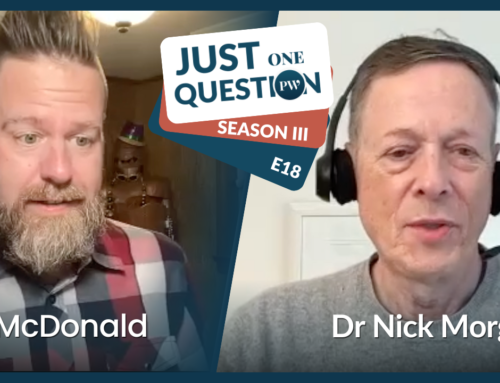There’s a lot of anxiety going around right now with the pandemic, and the dislocation of normal life, schedules, and purpose that the pandemic brings. Apparently, under normal circumstances, roughly a third of the population is anxious. I can only guess what the numbers are now. So given that the suffering may well be worse than usual, and it’s already high, what does the research tell us about anxiety and communication? Is there anything to be done to make it better?
The good news is that neuroscience has found some non-pharmaceutical-based ways to mitigate anxiety, and secondarily reveal some basic ideas about what makes us tick.
The first finding is that the absolute best non-medical way to reduce anxiety is to talk to someone else. Just connecting with someone at that simple level sends signals to the brain that mitigate the feeling that something awful might be about to happen. We humans are designed to connect with others, and we need the sound of other human voices to begin to do that at the simplest level. It makes us feel as if we’re not alone and that helps with feelings of anxiety that often develop as isolated thoughts.
And, of course, conversation of the virtual kind is still possible even now with many countries and locales in lockdown and social distancing in force. So, fire up Zoom and starting connecting.
Further, we can reduce anxiety by finding something to share with someone else. Chimpanzees don’t share, but humans do, and from an early age. Research shows that even babies spontaneously share with strangers without being taught to do so. Even when they’re hungry, just before meals, roughly 40% of babies will share food with strangers rather than eat it themselves. So sharing runs deep with us humans, and by connecting us with others, it can reduce anxiety and strengthen our social ties. We don’t always remember or honor the idea, but we are a communal species.
While the most common therapy to reduce anxiety usually involves exposure to the anxiety-producing thing, about half of the people afflicted don’t respond well either to exposure therapy or medication. There is another way. And that is development of what are called safety signals. The best safety signals involve a musical piece, a calm and pleasant place, or a friendly person or thing, such as a stuffed animal. The idea is simply to think about the chosen signal when one becomes anxious.
The result is that different parts of the brain are activated than when experiencing anxiety, or exposure therapy. So if you’re finding yourself anxious in isolation during this pandemic, your best bet is to communicate – connect with another human being. Share something with them, or simply talk. If you can’t find anyone to communicate with at the moment, then listen to a relaxing piece of music, visualize a favorite vacation spot, or think of a friendly person or much-loved possession.
You’ll get the best results if you reach out to other humans via video conference rather than a phone call or an email or text message. Video conferencing sits at the top of the virtual communication hierarchy that I’ve described in Can You Hear Me? with email at the base, phone and audio conferencing next, and video at the top. It sits there because it relays visual signals of the participants’ body language, so you get more of the overall communication that you do with either of the lesser forms of communication.
The good news is that these communication-based approaches to anxiety reduction are simple and effective. And we can help each other. Reach out to someone today who might be anxious and help them by communicating thoughtfully with them. We will get through this horrific time by being kind, staying calm, and connecting with the people around us, both physically and virtually, to the extent that we can.








Leave A Comment